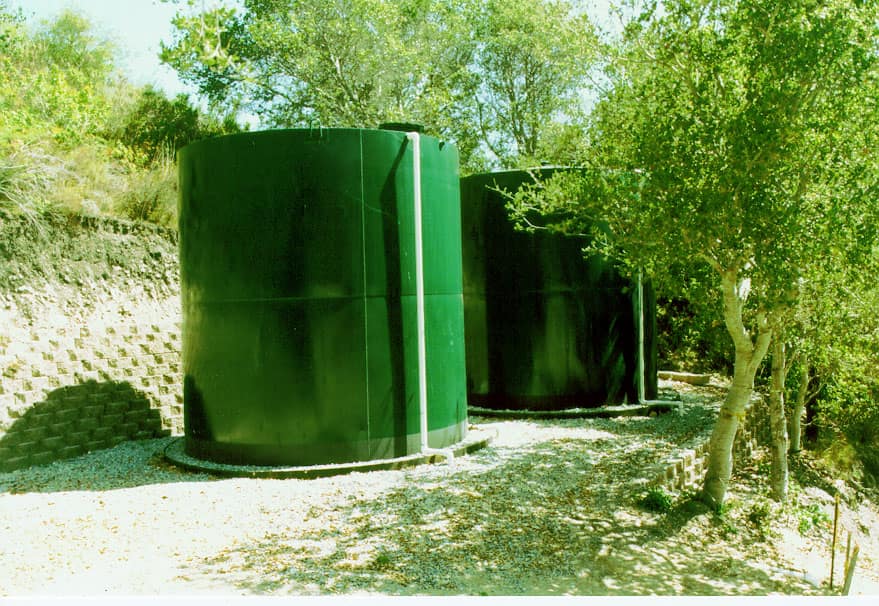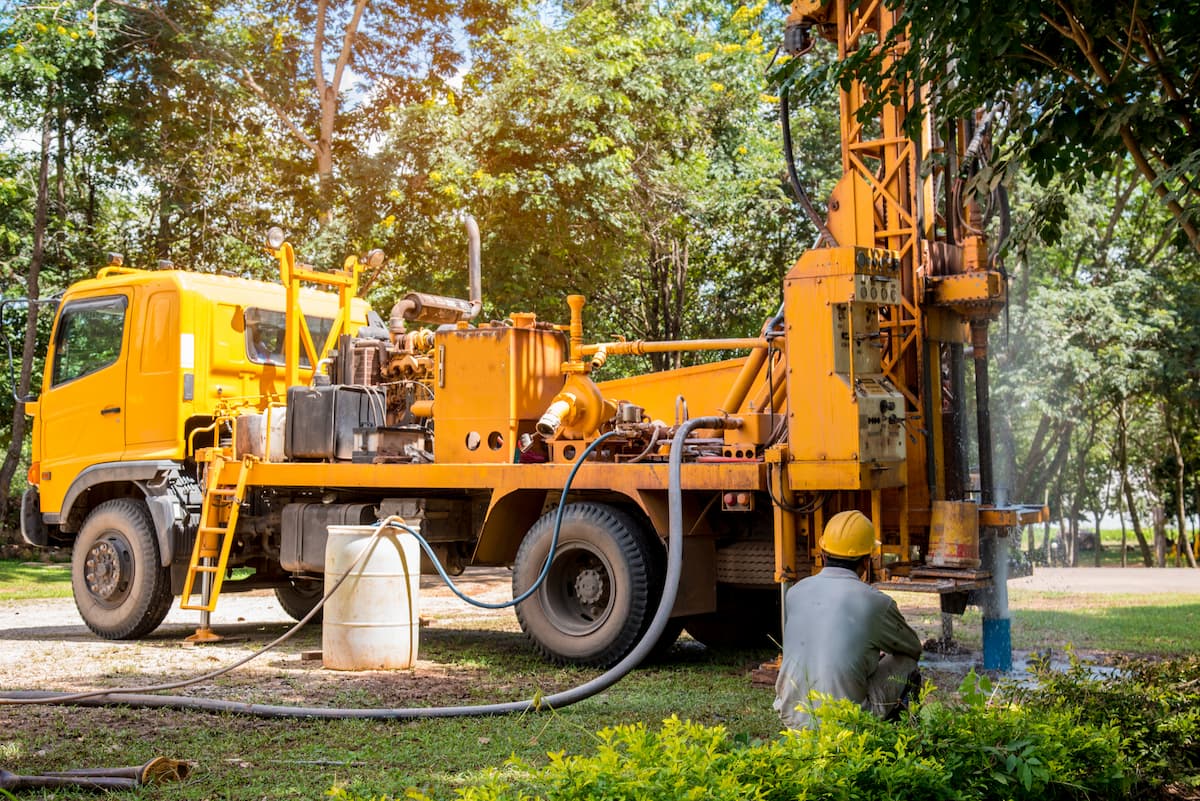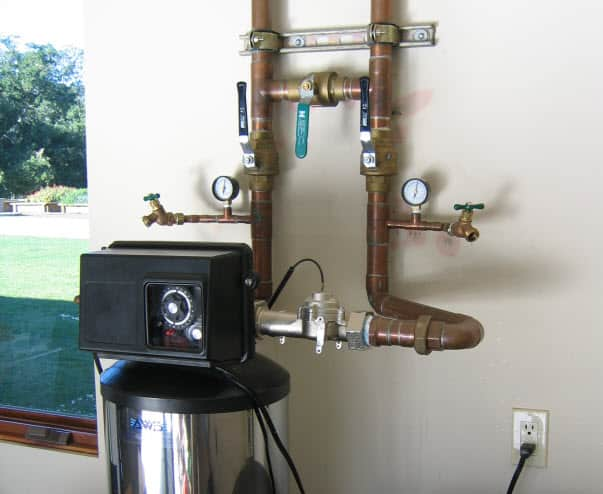Treating Iron, Manganese, and Coliform Bacteria in Well Water
Have you ever noticed strange metallic smells in your water? Experienced buildup on faucets and fixtures? Gotten sick from your drinking water?
We sincerely hope the answer to all three of those questions is “no” – particularly that last one. If not, your water may be contaminated with iron and manganese, or worse, iron or coliform bacteria.
Such bacterial contamination is not uncommon in well water systems situated in areas susceptible to sewage runoff, near farms, or near deposits of coal, peat, oil, etc. This is because iron bacteria thrive in anaerobic environments (devoid of oxygen) like wells, while coliform bacteria commonly manifests itself as E. Coli, or fecal coliform.
We recently received a letter from a reader near a cattle ranch who wanted to know how to prevent his water from becoming contaminated with coliform bacteria, and how to eliminate the strange smells and buildup he had been experiencing. We wanted to share our answer with you readers, since we know many of you live in a similar area, and possibly experience similar problems.
Firstly, make sure you do everything you can to protect your wellhead so that surface water cannot flow into the well. If you have not already done so, you might consider having a professional well driller or contractor inspect your well to make sure your well seal is not damaged or missing.
In some cases, if the well is old it can be resealed and reconditioned to prevent surface water from leaching directly into the well, thus preventing bacterial contamination.
Once this is taken care of, we recommend installing a chlorine injection pump with a metering system. These systems use liquid chlorine, as opposed to solid pellets which are dropped in to the system periodically.
The chlorine would serve to kill bacteria, and bring iron and manganese out of solution, turning them into solid, filterable particles. We also recommend installing a contact tank, which will provide enough time for the chlorine to kill bacteria and oxidize the iron and manganese.

The contact tank could then be followed by a heavy-duty Pro-OX filter to remove the oxidized iron and manganese. This will address problems with staining and buildup in fixtures, and improve the taste and appearance of your water.You might also consider using a carbon filter to remove any lingering chlorine tastes or odors in your water.

As a final stage, we recommend a UV sterilizer to completely remove any last traces of bacteria in your water. UV sterilization is one of the most effective methods of killing waterborne bacteria, and with a post-treatment UV sterilizer, you can have complete confidence in the cleanliness of your water.
See this installation diagram for an idea of how these systems might look once installed and operational:

Follow these guidelines and consider installing one or more of the above-mentioned systems, and you should see the quality and cleanliness of your water improve drastically.
For any further questions or comments, e-mail us at support@cleanwaterstore.com or drop us a line on Facebook. Thanks for reading!















